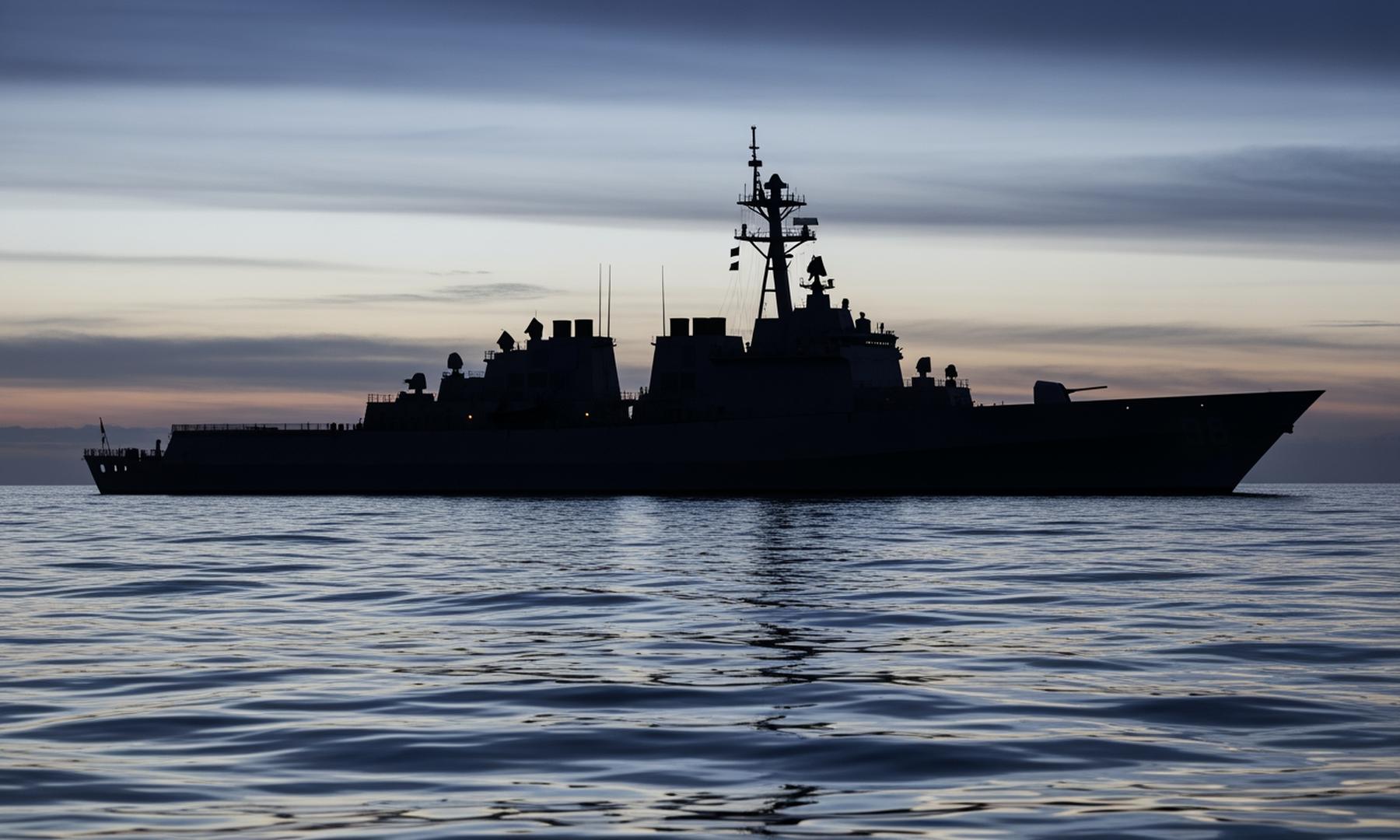What's Happening?
The Government Accountability Office (GAO) has released a report criticizing the U.S. Coast Guard's Offshore Patrol Cutter program for its high-risk approach, which has led to significant cost increases
and schedule delays. The program, which began in 2014, has yet to deliver any ships, and the GAO has repeatedly pointed out the lack of a stable design as a major issue. The report highlights that the program's costs have risen by 41% from $12.5 billion to $17.6 billion, and the delivery of the first vessel has been delayed by 1.5 years. The GAO recommends that the Coast Guard stabilize the design before proceeding with further construction and calls for better cost accounting practices.
Why It's Important?
The GAO's findings are significant as they highlight the challenges faced by the U.S. Coast Guard in modernizing its fleet amidst growing demands for maritime security and drug interdiction. The delays and cost overruns could impact the Coast Guard's ability to replace aging vessels, which are becoming increasingly difficult and costly to maintain. The report underscores the need for improved project management and accountability to ensure that taxpayer money is spent efficiently and that the Coast Guard can meet its operational requirements.
What's Next?
The GAO has recommended that the Coast Guard document a plan for acquiring the next stage of vessels, incorporating testing results from earlier stages. This plan should address how operational testing results will be integrated into procurement activities and include contingency plans for potential delays. The Department of Homeland Security is urged to direct the Coast Guard to implement these recommendations to mitigate further risks and ensure timely delivery of the new vessels.













